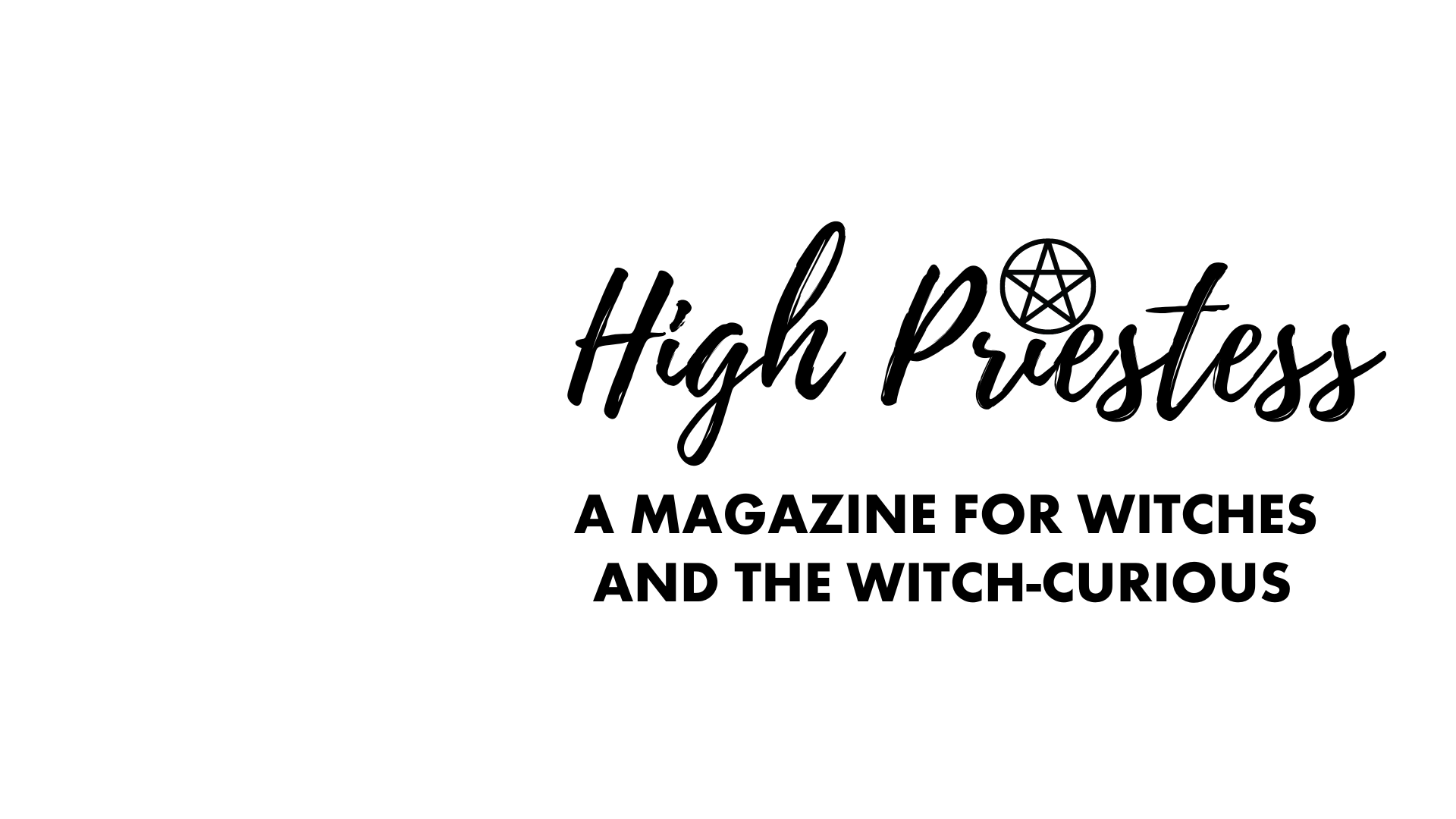Witches and Healthcare
Throughout history and across all societies, wise women with knowledge of the natural world knew how to influence the body and ‘control’ the mind (today, we simply call this control ‘mindfulness’, and sell apps for it). This knowledge was considered as valuable a contribution to a community as any other skill or trade. In most cases, it was the standard of healthcare.
It was only after men sought to claim sole expertise in the medical field that these ‘wise women’ healers were branded as malevolent, destructive ‘witches’, and killed to make way for men’s advancement in this area.
Medicine is part of our heritage as women, our history, our birthright.
Witches, Midwives and Nurses: A History of Women Healers 1972
In 1972, Barbara Ehrenreich and Deirdre English published the feminist classic, ‘Witches, Midwives and Nurses: A History of Women Healers.’ It’s an explicit blasting of the male-dominated medical profession.
They wrote of women healers within old communities who learned from mothers, sisters, and female neighbours the medicinal properties of herbs. They used plants to treat diseases, ease the pain of labor, and control women’s fertility.
Through this magic, these wise women served their communities as midwives, nurses, pharmacists, and abortionists. Their essential knowledge and skills granted them stature in a time when women held very little formal power.
And then, this integral wise woman became the ‘evil witch’ in the eyes of male authorities. The psychotic Catholic Church and petty male physicians who desired to elevate their own expertise and marginalise lower-class women in the healing arts. These are the men who drove the Burning Times, who murdered the women who stepped outside social boundaries to claim their own authority.
It was much less about religion, as it was about misogyny seizing women’s land and assets, and erasing their role in the social fabric.
Fast forward to now, and modern western medicine is still using the ingredients and remedies these women pioneered. Belladonna, pennyroyal. They’re all used today in certain pills and medicines.
The difference?
It’s no longer administered by local women, knowledgeable about the medical properties of herbs and the very patient in front of them. Instead, it’s provided by distant, male-run companies whose sole focus is its shareholders.
They burned the women, to profit off their wisdom.
But despite all this, women continue to seek their own knowledge, and access healthcare.
WOMEN WILL ALWAYS DO THIS.
The recent US re-criminalisation of abortion after Roe v Wade means many people today will continue to struggle, and continue to DIE, in an effort to access a most basic human right. The right to a healthy body, and to decide on the life they want for themselves.

Look, witchcraft does lots of things. It connects us to source, it’s accessible to everyone, and reminds us of our own inherent divinity. It’s beautiful and powerful, and fulfilling as a practice.
But make no mistake – the roots of Western witchcraft lie in laywomen healers attending to women’s reproductive health, year in and year out, for centuries. It doesn’t ‘just’ come from crystals and tarot. Witchtok doesn’t teach you that.
So if you’d call yourself a witch, then remember the women who came before you – the highly skilled healers whose knowledge of herbal remedies was the literal foundation for modern Western medicine.
If you’d call yourself a witch, then you must continue to gather knowledge, and see the realities of this very dangerous, patriarchal world we live in today.
If you’d call yourself a witch, then you must honour the role of the witches before you, and protect and defend those who are vulnerable and at risk.
If you call yourself a witch? Then you’ve been called to arms.
Because they’ll come to burn you next. They always do.
Her magic was the science of her time.
Witches, Midwives and Nurses: A History of Women Healers 1972







